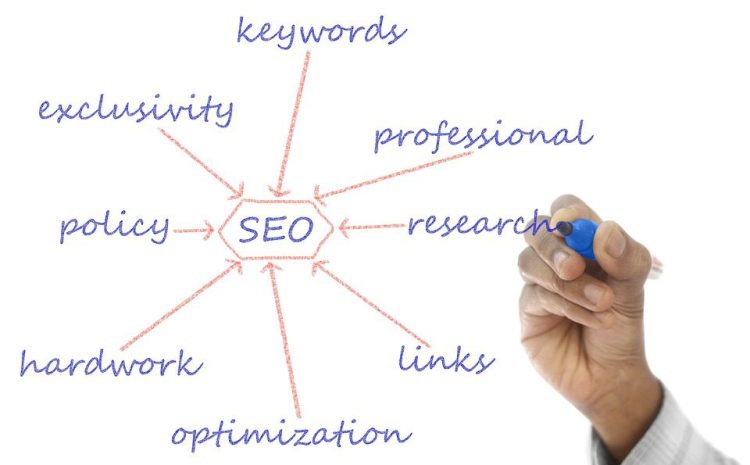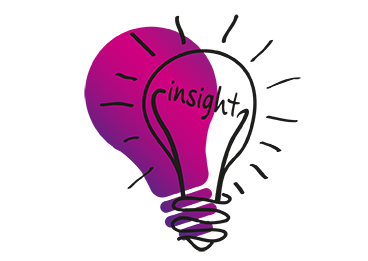Comprehensive Guide to Harnessing the Power of Organic Traffic
The digital world is always changing, and businesses need to adapt to attract and convert online users into loyal customers. One effective way to do this is through organic traffic. Organic traffic refers to visitors who find your website through unpaid search results, typically via search engines like Google or Bing. This type of traffic is highly valued because it is targeted, meaning the users are actively looking for information or services that your business provides, making them more likely to convert into leads or customers.
Organic traffic has several advantages. Firstly, it brings in high-quality leads. These are individuals who have a genuine interest in your products or services, making them more likely to engage with your brand and make a purchase. Secondly, it is cost-effective. Unlike paid advertising, organic traffic is free. It does require a significant amount of time and effort to build, but once established, it can provide a steady stream of traffic without additional cost.
In addition, organic traffic can provide long-term results. While paid advertising provides immediate results, it stops the moment you stop paying. With consistent effort in SEO (Search Engine Optimization), your website can maintain high rankings and continue to attract organic traffic. This type of traffic also builds credibility and trust. Users trust organic search results more than paid ads, and a high ranking in organic search results signals to users that your website is a reputable source of information or provider of goods/services. Finally, a strong organic presence can give you a competitive edge, making your business more visible than your competitors.
There are several strategies to optimize for organic traffic. Firstly, keyword research is essential. Keywords are the phrases that users type into search engines, and identifying relevant keywords with good search volume and lower competition can help improve your website’s ranking. On-page SEO is also important. This involves optimizing individual webpages to rank higher and earn more relevant traffic. This can be done through title tags, meta descriptions, and header tags, which all contribute to your page’s topic and make it easier for search engines to understand your content.
Creating high-quality, relevant content is another crucial strategy. Search engines reward sites that provide valuable content to their users, so regularly publish articles, blog posts, videos, or other types of content that your audience will find useful. Link building can also boost your site’s credibility and ranking. When other reputable websites link to your site, search engines see this as a vote of confidence. User experience is also vital for attracting and retaining organic traffic. This means having a fast-loading site, easy navigation, and a mobile-friendly design.
Finally, SEO isn’t a one-time thing. It requires regular monitoring and tweaking. Use analytics tools to track your performance and make necessary adjustments.
In conclusion, the power of organic traffic cannot be underestimated. It brings high-quality leads, is cost-effective, provides long-term results, builds credibility, and gives you a competitive advantage. By focusing on SEO strategies such as keyword research, on-page SEO, content creation, link building, user experience, and regular optimization, you can tap into this power and significantly boost your online visibility, customer engagement, and conversions. Remember, patience and consistency are key in SEO. It might take time to see results, but the benefits are well worth the effort.



